SMITHSONIAN CENTER FOR FOLKLIFE & CULTURAL HERITAGE
A Global Tapestry of Craft: Championing Women Artisans of Central Asia in a New Lookbook
On Friday, March 8, marking International Women’s Day, we shared the result of a year-long collaboration.
:focal(600x400:601x401)/https://tf-cmsv2-smithsonianmag-media.s3.amazonaws.com/filer_public/4e/40/4e40e008-4835-407f-8503-0fe3ef6a4d1d/madina-akhmetova-clothing.jpg)
Over the past year, the Center for Folklife and Cultural Heritage’s Cultural Vitality Program collaborated with partners in Central Asia to document the craft practices of fifty women-run artisan enterprises across Kazakhstan, Kyrgyzstan, Tajikistan, Turkmenistan, and Uzbekistan.
On International Women’s Day, we were excited to share the result: Women Artisans of Central Asia: A Lookbook Journey, a bilingual print and digital resource available in English and Russian that showcases the knowledge and skills of women craftworkers, fostering a deeper awareness and appreciation of their crafts for both local and global audiences.
The artisans brought diversity of background and craft, which include felting, embroidery, leather working, weaving, and more. Additionally, each craftswoman shared their unique journey to becoming an expert in their field and perspective on the cultural significance of their artistic traditions.
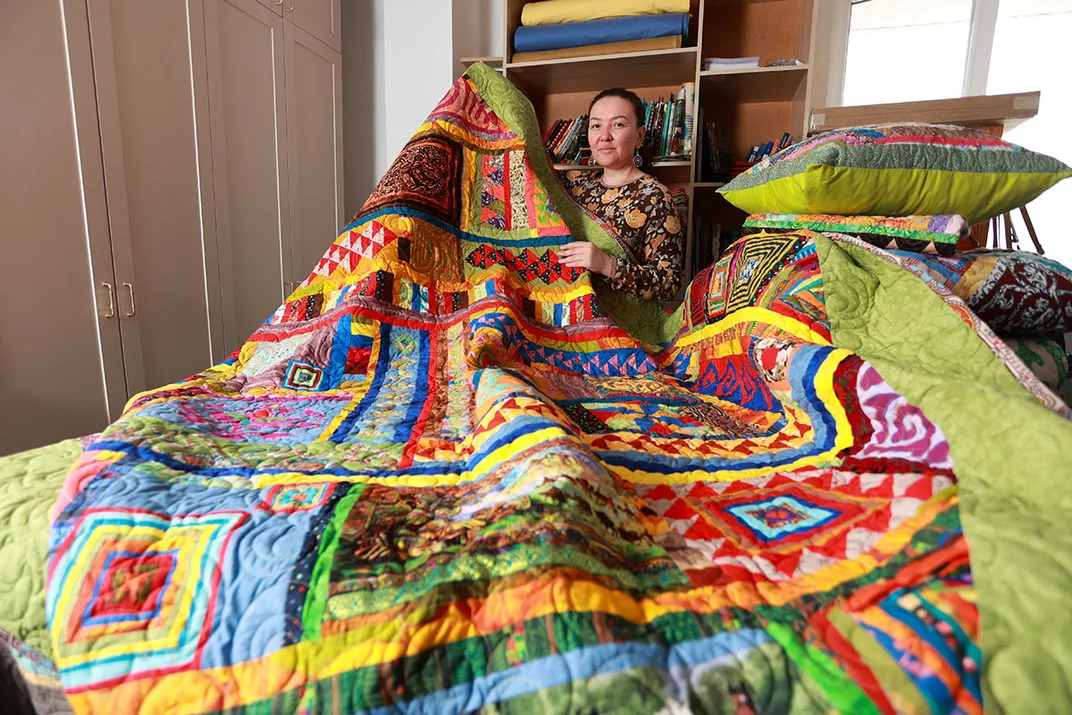
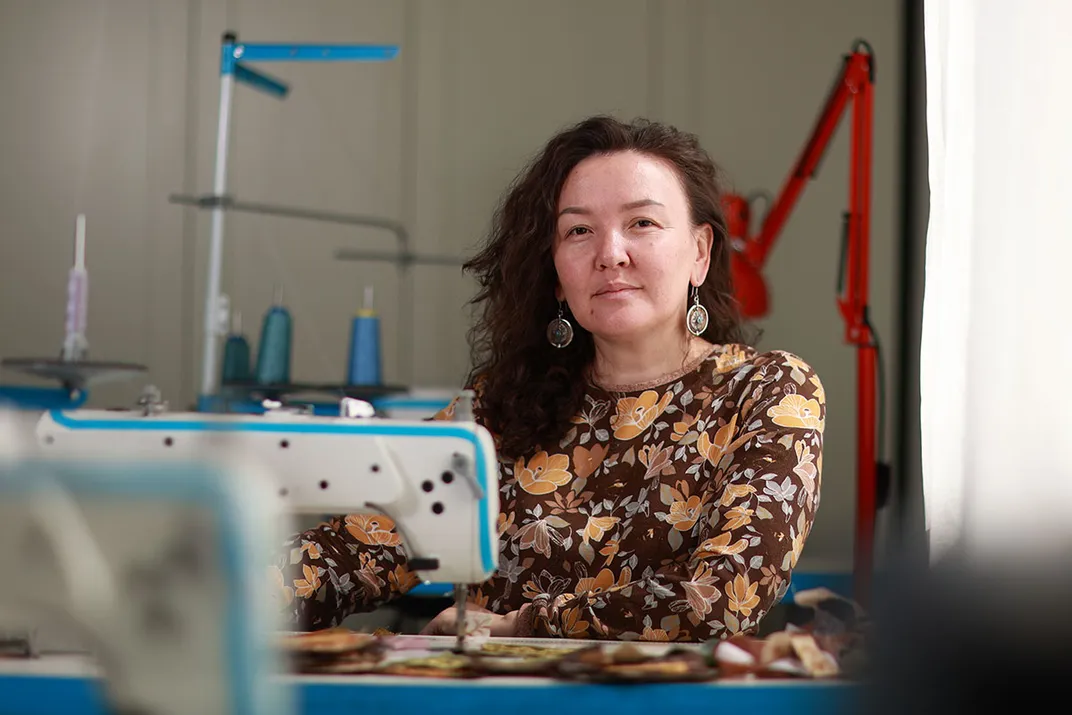
Gulmira Ualikhan is one of the fifty women featured in the lookbook. A successful entrepreneur and quilt artist in Kazakhstan, she incorporates complex patterns and rich colors into her work. Her unique style of elaborate patchwork blocks explores the intersections of shape, color, and function in home goods and accessories.
“When a person does her job for a long time and does it with love, when energy and intuition are superimposed on it, then art is obtained,” Ualikhan said.
Lola Sayfi, a textile designer from Uzbekistan, is another highlighted artisan. She is the founder of the brand Human Wearand the creative center Human House, a unique gallery and studio space in the center of Tashkent where visitors can buy Central Asian art, crafts, and designer clothing while participating in educational programs. Her clothing line is inspired by national ornaments, history, and the traditions of the Silk Road. For over twenty years, Human House has been a space for creatives and creativity, and it currently cooperates with over 250 designers and artisans.
Ualikhan and Sayfi are just two craftswomen out of fifty who participated in the project. The lookbook and the regional networks of fellow artists born from this collaboration were complex undertakings that could not have been accomplished without a host of cultural leaders willing to share their invaluable knowledge and passion for their living heritage.
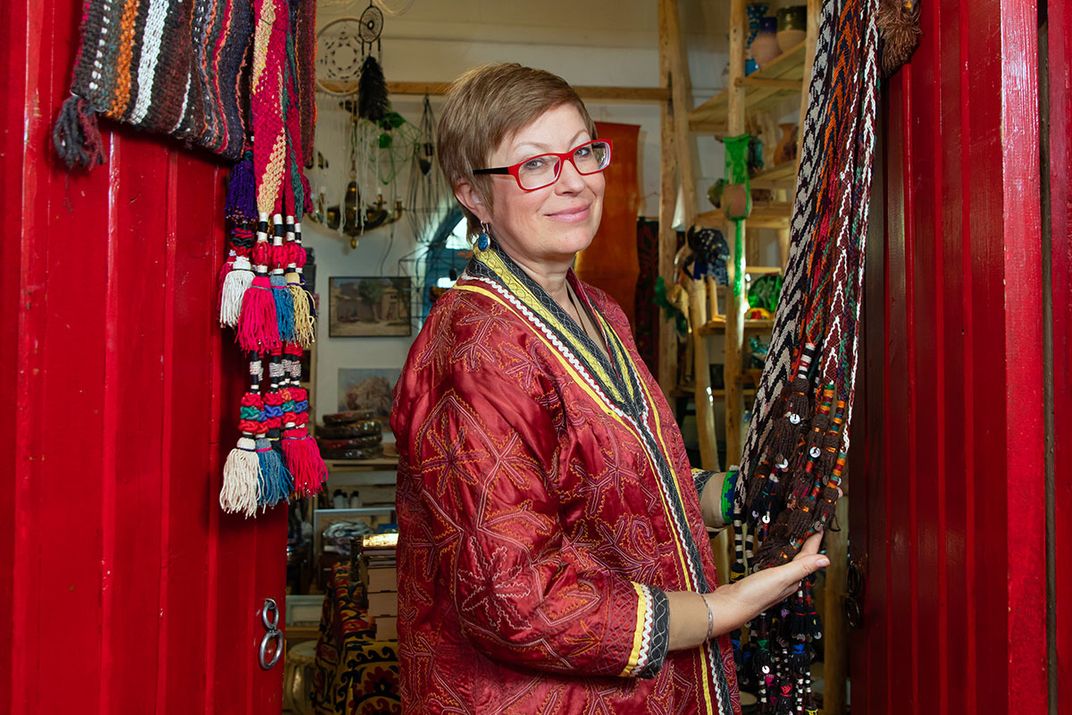
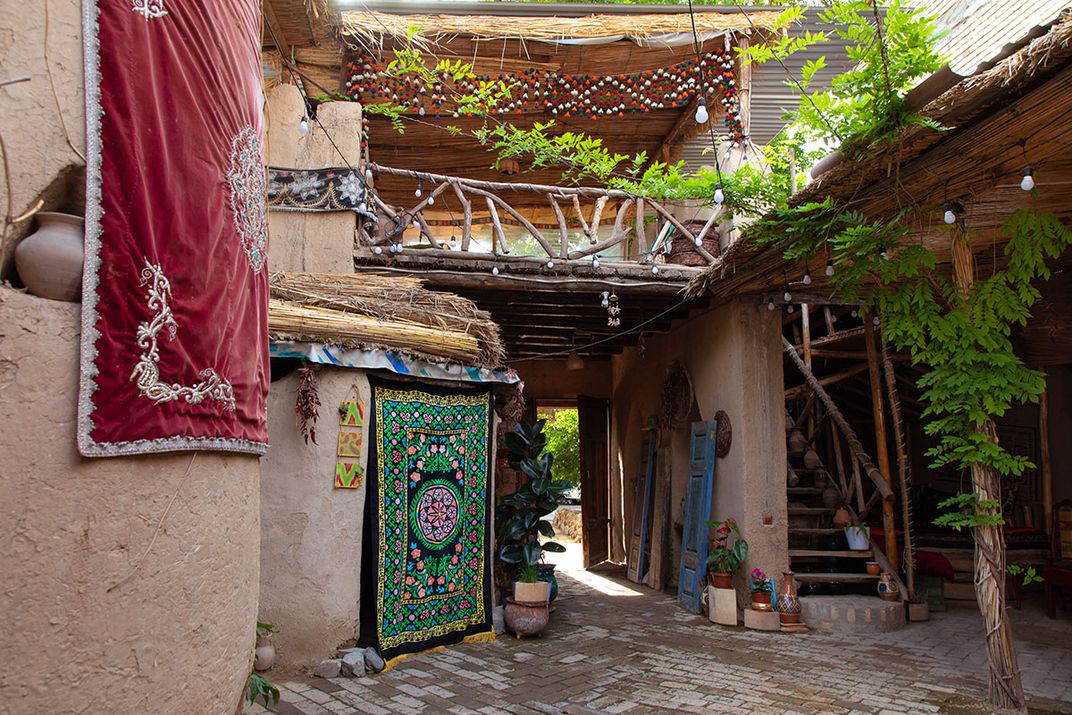
Working with Community Partners
Project manager Ashkhen Khudaverdyan acted as the bridge connecting the Center’s resources, donors, partners, and artisans and managing the interests and needs of all parties. Her co-lead was Lesli Robertson, an interdisciplinary textile consultant, business owner, and senior advisor to the Smithsonian Artisan Initiative. She provided expertise in the textile and craft industries and guided trainings, emphasizing how the artisans could use the lookbook and self-documentation as effective tools for promoting their craft practices to new markets.
“Our previous experience engaging with artisans through the My Armenia project and our interest in continuing work in Central Asia are what started this idea,” Khudaverdyan said. “But we could not have brought it to fruition without our local partners, such as the Union of Artisans of Kazakhstan, a community that helped us connect with local craftworkers in all the countries involved.”
Created in 2012, the Union of Artisans of Kazakhstan is an association that preserves the traditional crafts of Kazakhstan and promotes artisans from the country. The Center has worked with this group through previous efforts. During this project, the union not only aided the Center in connecting with artisans in Kazakhstan but also helped the team engage with women in Kyrgyzstan, Tajikistan, Turkmenistan, and Uzbekistan. Their experience collaborating in craft communities was invaluable to the intricacies of working with creative professionals across several countries.
The Center worked extensively with Union director Aizhan Bekkulova, who has a background as an acclaimed textile artist, and program coordinator Alisha Shalakhmentova.
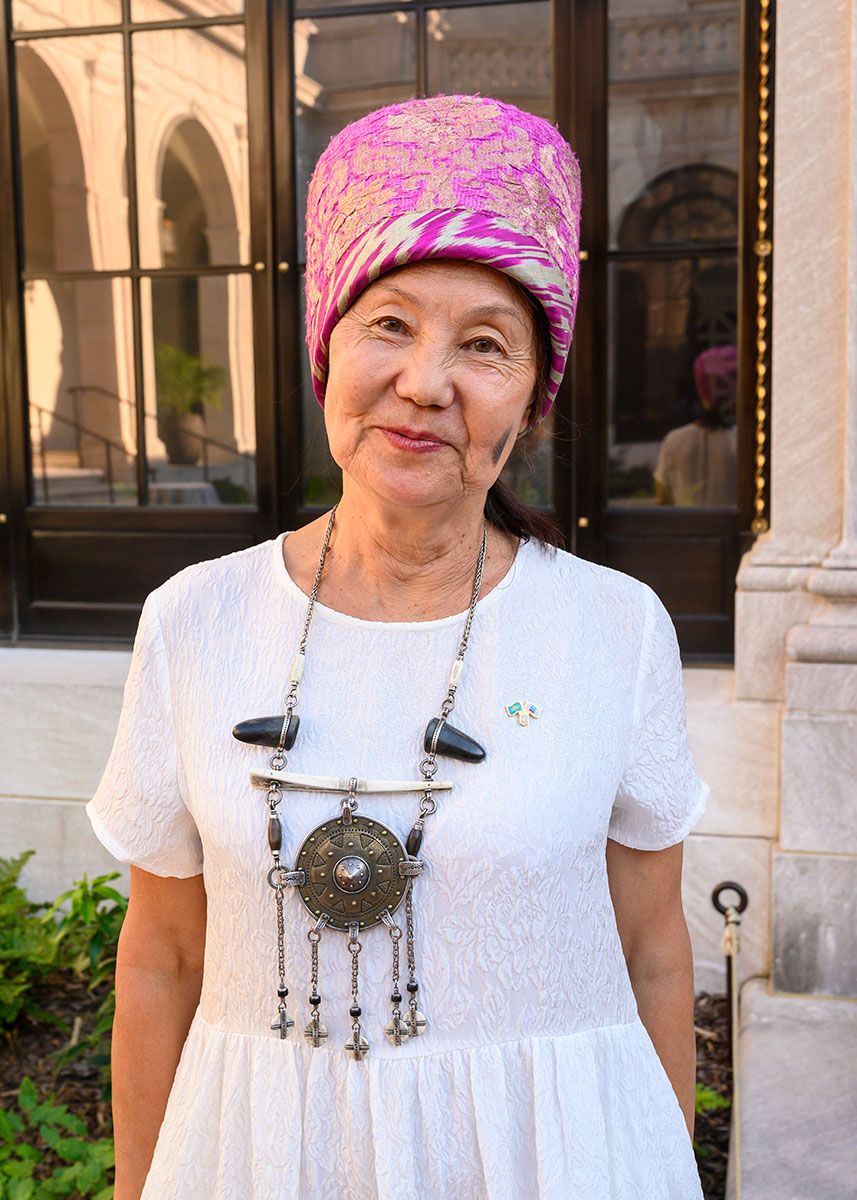
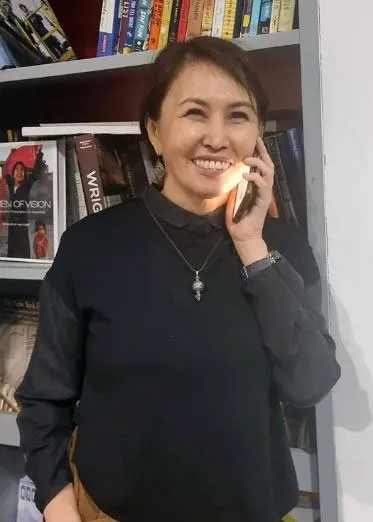
Developing the lookbook and the corresponding trainings was a journey that created a global tapestry of Central Asian craftworkers.
“The lookbook experience proves that, in spite of geographical remoteness or craft differences, artisans share a passion for heritage, and they are ready to share it with the whole world,” Bekkulova said.
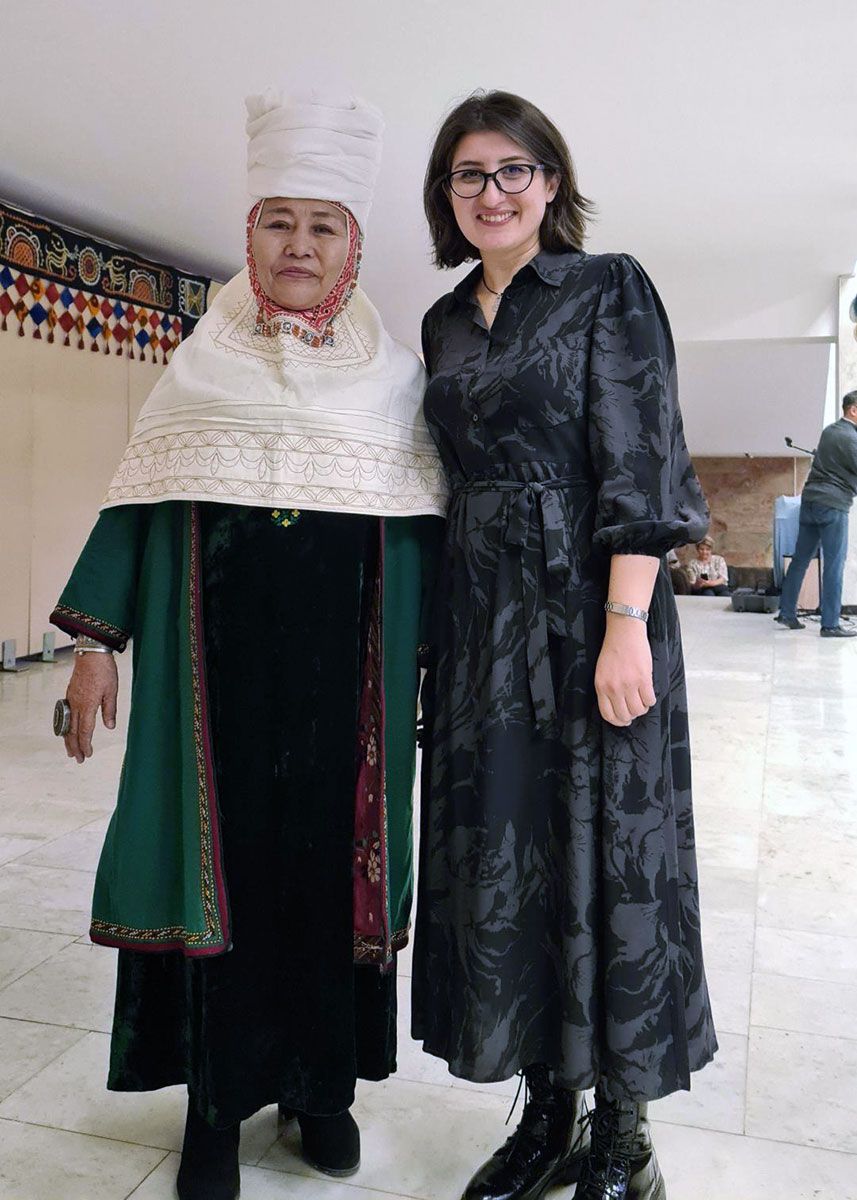
At the Center, we wanted to do more than create a marketing resource. We aimed to empower women artisans to dig deep into brand creation and business development.
“The idea that an artist should be poor is engrained in so many cultures,” Khudaverdyan said. “But it’s simply not true, especially nowadays. Many of these craftswomen are pioneers in their field and create amazing work. Before the project ended, we made sure each participant felt confident in their ability to be creatively and economically successful through their craft.”
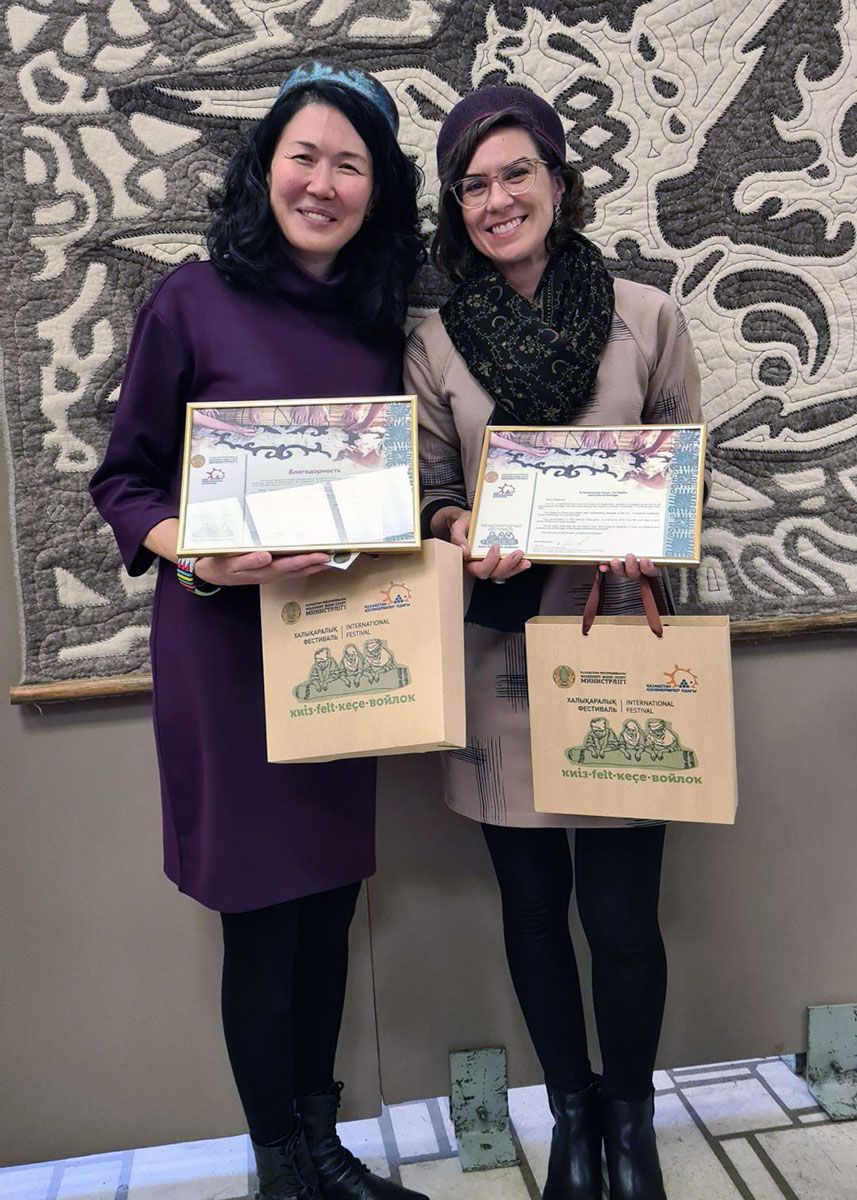
Training, Networking, and Beyond
When selecting artisans, the team focused on gathering a diverse group of craft traditions and discovering individuals who were interested and energized in engaging with wider communities. Once the participant list was finalized, the team conducted a series of virtual and in-person training courses that focused on developing marketing strategies while also serving as an opportunity for participants to connect with each other. These sessions covered market-trend analysis, product development, social media marketing, networking, cost and pricing strategies, and e-commerce expansion.
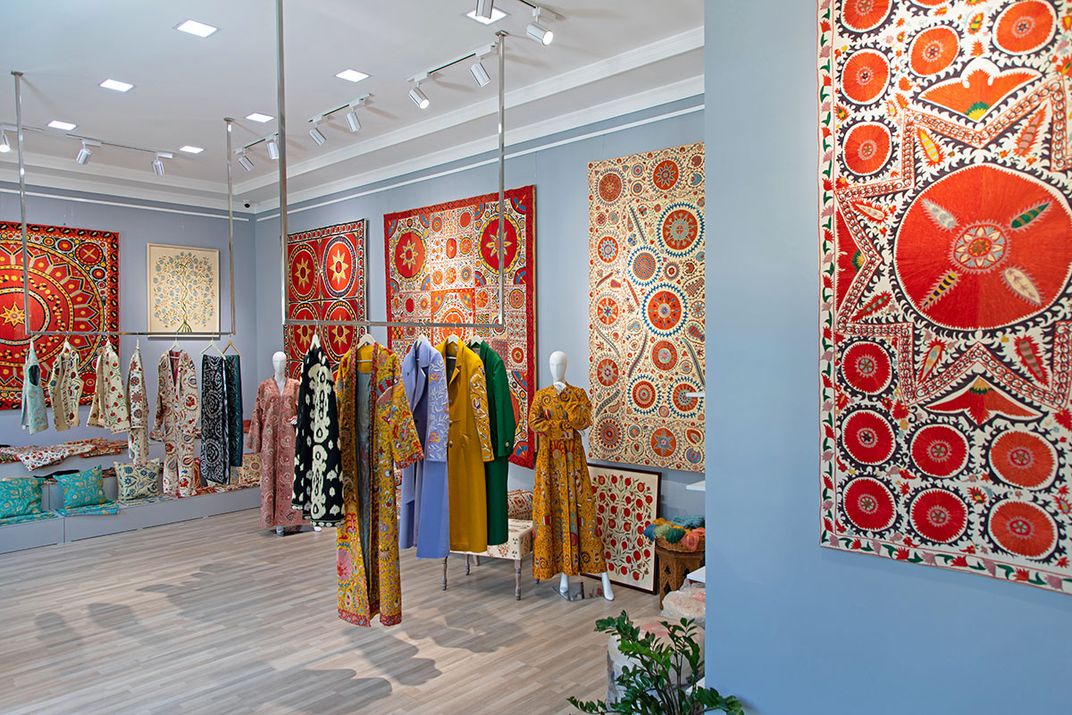
“We want all of them to succeed!” Robertson exclaimed. “Our goal was to lay the groundwork for a sustainable regional network. Through the trainings, we provided a welcoming, comfortable environment in which the women could ask their peers and experts in the field about visual storytelling, sustainable resourcing, growing connections, and more.”
Throughout the development of the lookbook, Robertson taught workshops and ensured the participants had access to program materials post-session, including in English and in Russian (a common language in former Soviet communities).
“That’s one thing that really comes out in the final piece: the immense material waiting to be discovered by the reader that can’t be seen here,” Robertson said. “The book is a beautiful resource that gives a taste of the expertise and passion of these women. But there is so much more to their personal connection to their craft. They truly are researchers and pioneers bringing new chapters to living cultures.”
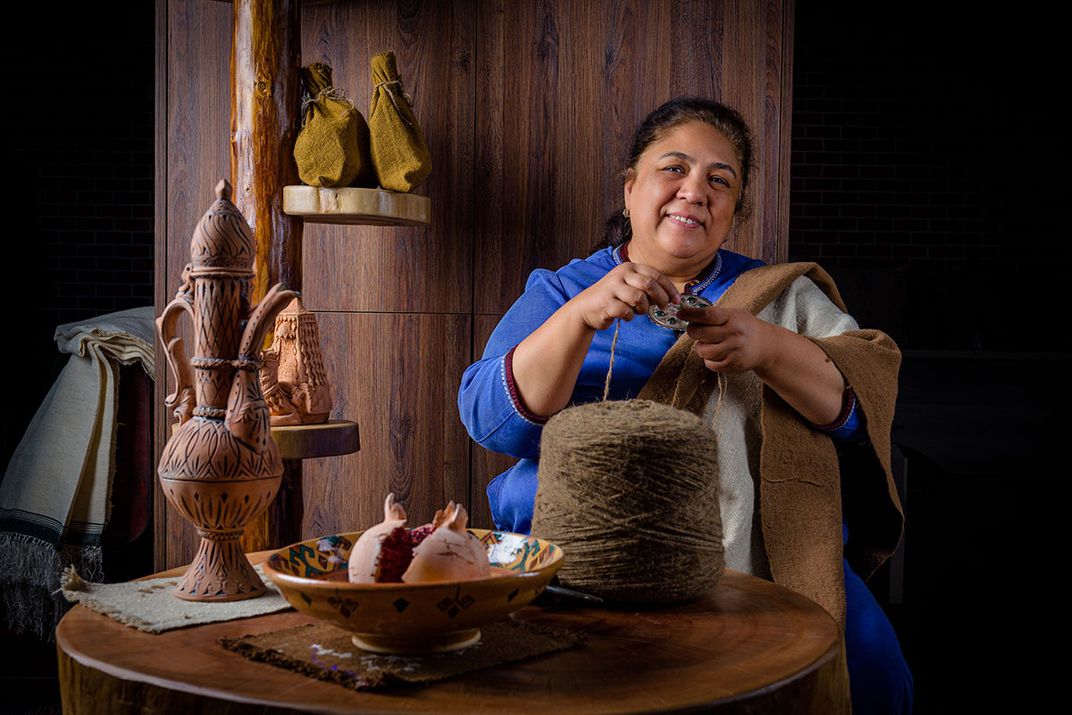
When Robertson considers the community built within the learning experiences, Shasenem Garlyyeva exceeded expectations. Garlyyeva is the owner of Unique Camel Wool Workshop, a business in Turkmenistan that hand-weaves its products with locally sourced materials. Through the lookbook project, she began collaborating with artisans from other countries, something that grew into a more solidified collaboration after the lookbook was published.
“These women want to support cultural arts development in its entirety,” Robertson said. “Many of them have creative centers or organizations in their home country, and, during the project, they acted as catalysts joining their communities. They cared about content innovation and understood that, to keep these traditions alive, they needed to connect them to the world.”
Now that the lookbook is published, participants will begin sharing the resource with regional and global contacts.
“It is clear the lookbook is a tool with which the artisans will support their work, reach new audiences, and strengthen their craft,” Robertson concluded. “It’s rare for a project of this scale to focus on craft traditions. Its success has been a great example of how focusing on living heritage is a sustainable way of enriching local economies.”
Kirby Ewald is the strategic communications coordinator for the Center’s Cultural Vitality Program. She creates and manages communications plans for the program while also supporting general digital communication projects for the Center.
Women Artisans of Central Asia: A Lookbook Journey is a collaboration between USAID, the Smithsonian, and the U.S. Department of Commerce’s Commercial Law Development Program.
